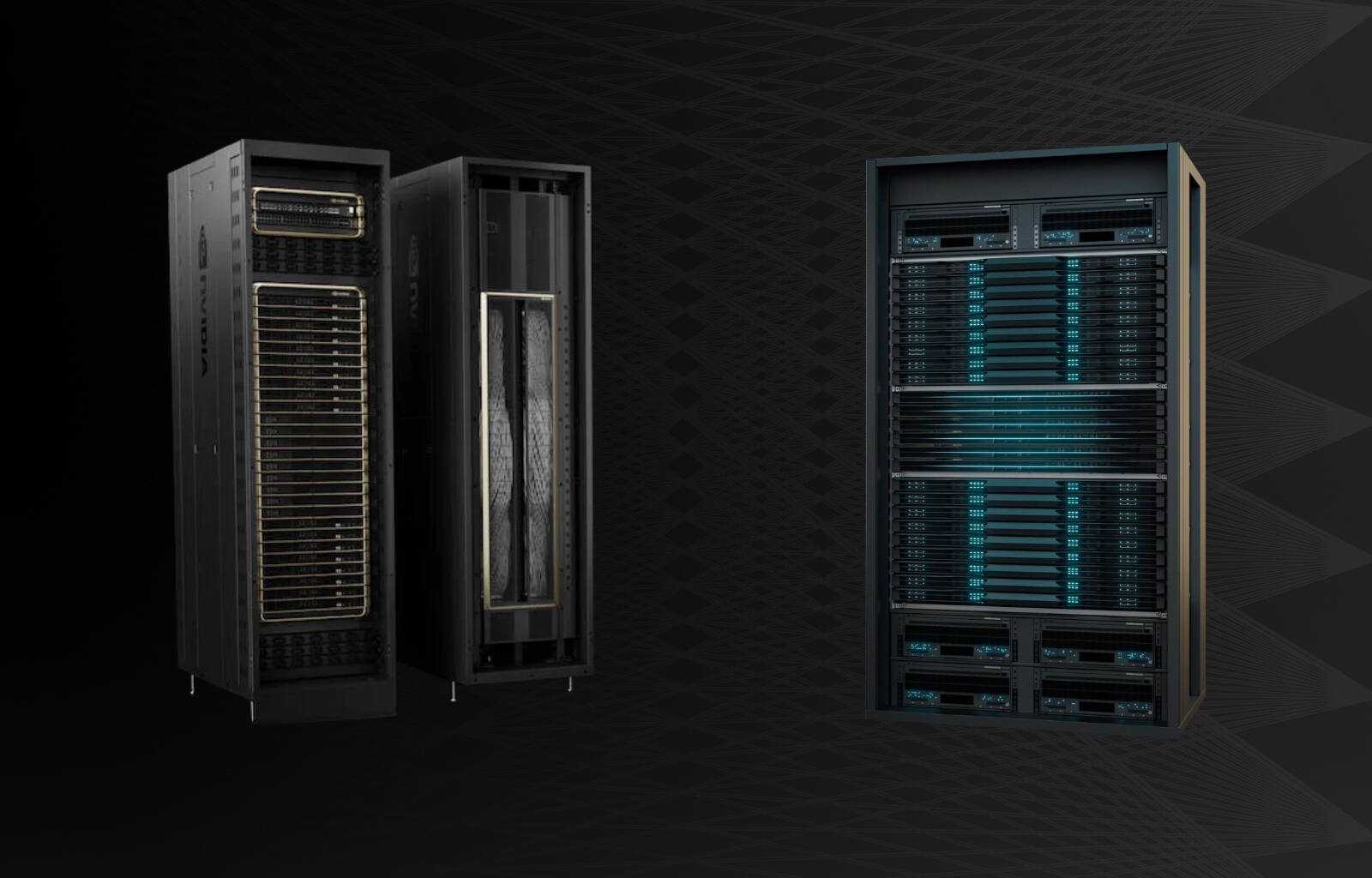
"The emergence of rack-scale architectures from Nvidia and AMD is reshaping AI networks, providing significantly higher bandwidth and pooling GPU compute and memory across distributed servers."
"Nvidia's fifth-gen NVLink interconnect delivers between 9x and 18x higher aggregate bandwidth to each accelerator compared to traditional Ethernet or InfiniBand, enhancing AI workloads significantly."
"These advanced architectures target AI model builders and hyperscale cloud providers, with costs like $3.5 million per NVL72 rack reflecting their complexity and high performance."
"While scale-up fabrics aren't new, their application has expanded, now enabling powerful interconnected systems beyond the single-node limitations found previously."
The rise of rack-scale architectures from companies like Nvidia and AMD marks a significant advancement in AI infrastructure, complicating existing network designs. These architectures utilize proprietary interconnect technologies, notably Nvidia's NVLink, which offers substantial bandwidth improvements over traditional Ethernet and InfiniBand. Targeted at organizations such as OpenAI and Meta, these systems are designed for large enterprises and hyperscale cloud providers, with a staggering cost of around $3.5 million per rack. Although not entirely new, the scale-up fabrics are now advancing collective processing capabilities across multiple servers, enhancing the scalability of AI functions.
Read at Theregister
Unable to calculate read time
Collection
[
|
...
]